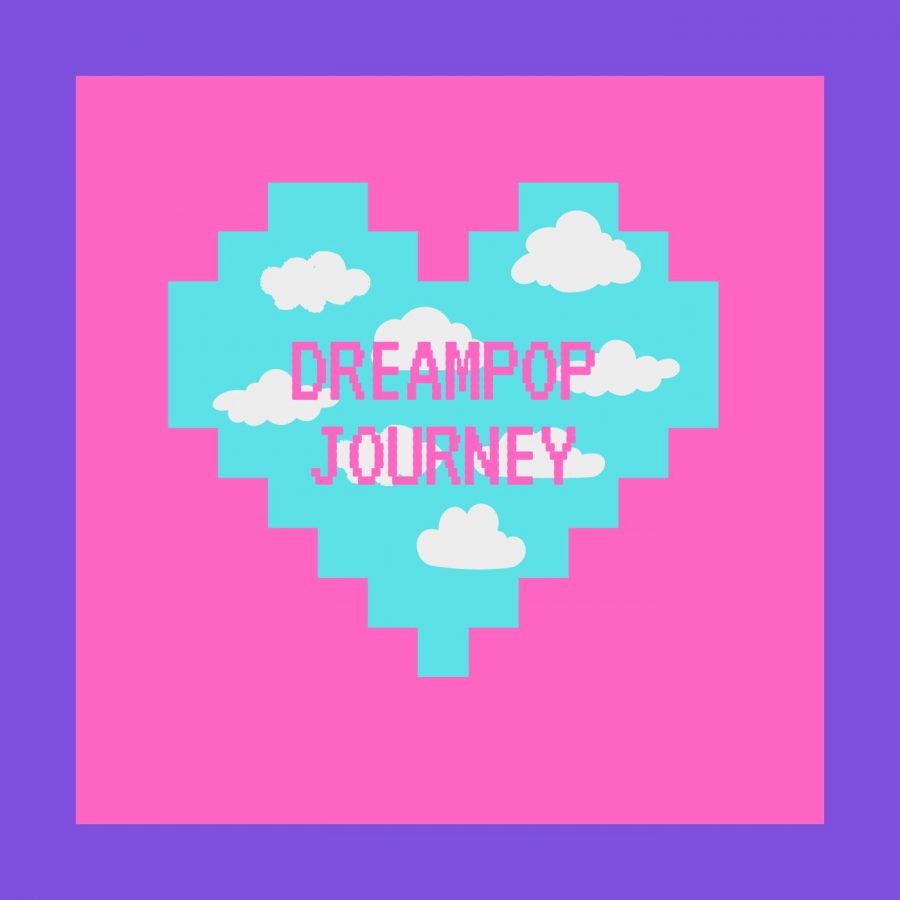Subgenre studies: Dreampop
Dreampop is a subgroup of music that was born in the 80s and hit its peak in the 90s. The reason for its name is the sound of the subgenre: which has an atmospheric, sonic texture, as I can only describe as floating alongside a bed of stars. The genre is often overlooked, because of the grunge phenomena that was happening at the same time. Most look at the nineties as a time of Nirvana and Pearl Jam, and dreampop often overlooked, but it actually has had quite an impact on the music world.
Most claim Cocteau Twins as the Dreampop band that pioneered the alt rock sound. Others credit A.R. Kane, who started making music in 1986. Alex Ayuli, a member of A.R. Kane, is given credit for coining the phrase “dreampop” in an interview on Melody Maker.
As you can with other areas of music, most cannot necessarily place dreampop as mark of a political movement, hairstyle, clothing, etc. However, dreampop has not gone without a trace on pop culture, especially in Britian. Many of the artists of this movement were born there, and as time has gone by dreampop expanded internationally. In a post-punk world, many wanted to find a new, but still alternative sound.
Another genre which is often grouped with dream pop is shoegaze, which I think most music listeners could argue is the same concept. Personally, I think you can use each term interchangeably, but I myself am not an expert on musical composition. In an interview with Pitchfork, Dean Wareham attempts to shed light on the differences.
“Shoegaze bands are more of an assault, a wall of sound, while there is more empty space in dream pop—allowing more room for melody and counter-melody, whether on vocals, keyboards, or guitars,” he said.
The term itself refers to the performers of the genre. In most of their shows, they are very non-confrontational, hence them looking down at their shoes. What once was a bit of an insult became a term that music listeners have grown fond of.
Dreampop has evolved, and has inspired many other subgenres including synthpop, chill wave and bedroom pop. Elements of psychedelia, ambient sounds and an overall ethereal atmosphere can be found in all of these subgroups.
According to a phenomenon called the “20-year rule” a lot of pop culture has a revival of some sorts about two decades after its original popularity. As explained by “The 2000s” website, pop culture has always had a revival. In the 1990s, 70s culture and disco came back. In the 2000s, the 80s came back in many ways, through fashion, video games and TV shows set in the time period.
Similarly, dream pop made a revival in sound a couple decades after its original exposure. Popular modern dream pop artists include M83, Beach House and Men I Trust.
Another interesting perspective of the evolution and inspirations of shoegaze is the YouTube video “Before Loveless: How Shoegaze Became Shoegaze” by channel Trash Theory. They start with influences in the sixties and seventies, (including the Velvet Underground, as every music genre has been). It offers a lot of interesting ideas of what makes shoegaze the genre that it is.
Although the sound has evolved throughout the years and the era of shoegaze is not as popular as it once was, it is still looked at by the other indie genres with great pride.


